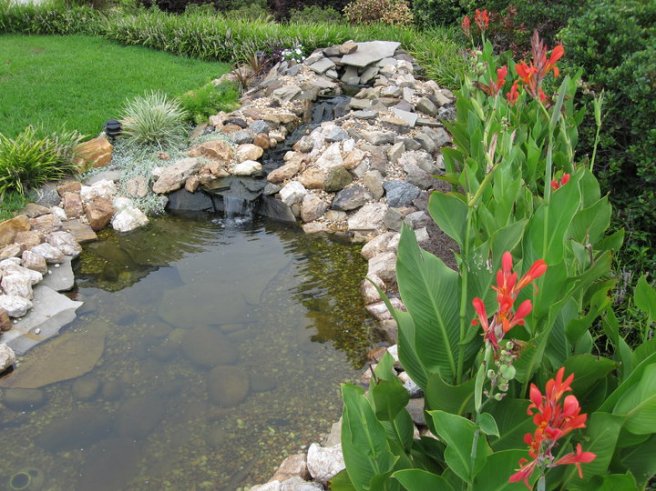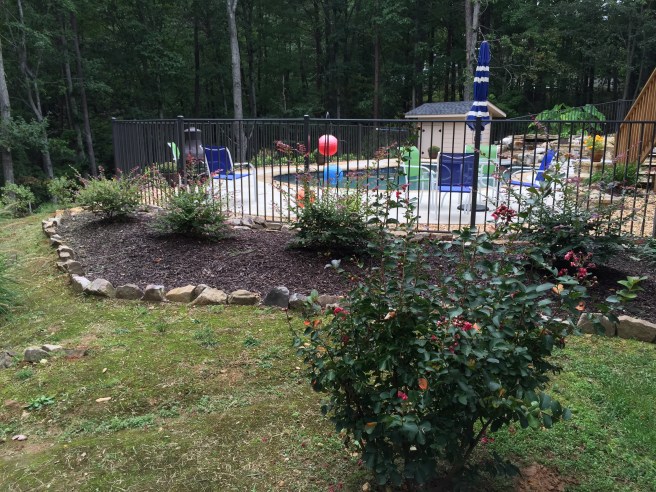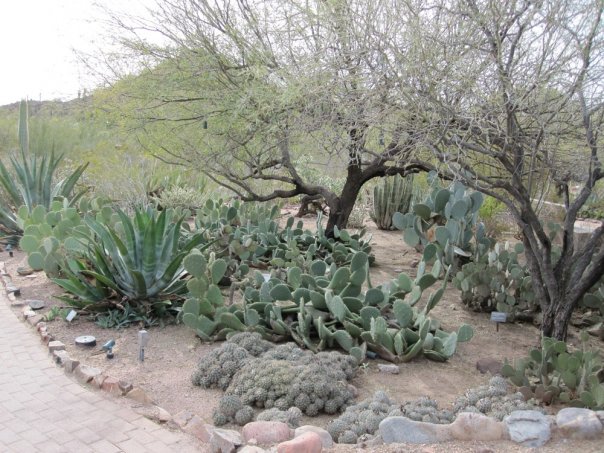What could be more adorable among wild animals than a raccoon? With that signature black mask that looks like a small child dressed for Halloween and that distinctive striped, bushy tail, these waddling mammals are quite often photographed and recorded on video as they make their way through suburban neighborhoods, and even large cities, looking for an easy meal. Considering how adaptive they have become to residential areas and how broad their diet is, most meals are probably fairly easy indeed. They are mostly nocturnal, spending the hours after dusk raiding trash cans or prowling around for frogs and crustaceans. Watching them rub their faces or stand on their hinds legs with their front paws extended forward, observers are lured into thinking that raccoons are practically tame and even friendly. Plenty of people have made pets of young raccoons, and as long as their diet and other environmental conditions are strictly controlled, they are probably harmless for the most part. Nevertheless, the raccoon is not a domesticated species — it is wild. Here lies the problem.

In captivity, raccoons can live up to 20 years; however, in the wild they rarely live more than 3-4 years. That’s quite a significant spread. They have very few natural predators, and humans are not as nearly interested in their pelts as was the case several generations ago (alas, Daniel Boone and Fess Parker have been dead for a while). They are hunted for sport, but not widely. What accounts for the difference? Disease and infection are the greatest threat to longevity for raccoons, and because they share environments with humans, they are a greater risk than most people realize. YouTube is full of videos of raccoons wandering around in backyards, playing in sandboxes, or even swimming in pools. How cute! How dangerous!!
The Centers for Disease Control and Prevention (CDC) has an entire section of its website devoted to risks associated with close encounters with raccoons. In addition to rabies, giardia, and leptospirosis, raccoons also spread the Baylisascaris infection from a specific type of roundworm. The roundworm eggs are sometimes found in the feces of raccoons, and if ingested, they can cause a deadly infection. Raccoons need water for digestion, and they also feed on amphibians, so they are naturally drawn to water, even swimming pools. Frogs often gather along the waterline of pools and in the skimmers, which offers a feeding opportunity for raccoons. They are creatures of habit, so once they start visiting a pool and find food, they will likely return. Another habit they have is pooping in water, and they will often do so in the shallow walk-out sections of swimming pools. If the feces is infected, it can introduce roundworm eggs into the water. And the real kicker is this: chlorine doesn’t kill the eggs or the parasite!
It is simply not a good idea to attract raccoons to where people live, especially by intentionally feeding them. Young children have a tendency to place their hands and objects in their mouths, which puts them at significant risk if they are playing in areas where raccoons are roaming around freely. As cute as they are, raccoons are something you want to see on a hike through the forest, not in your backyard.









